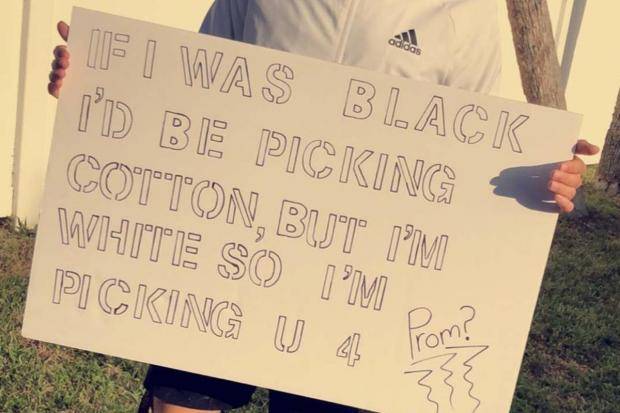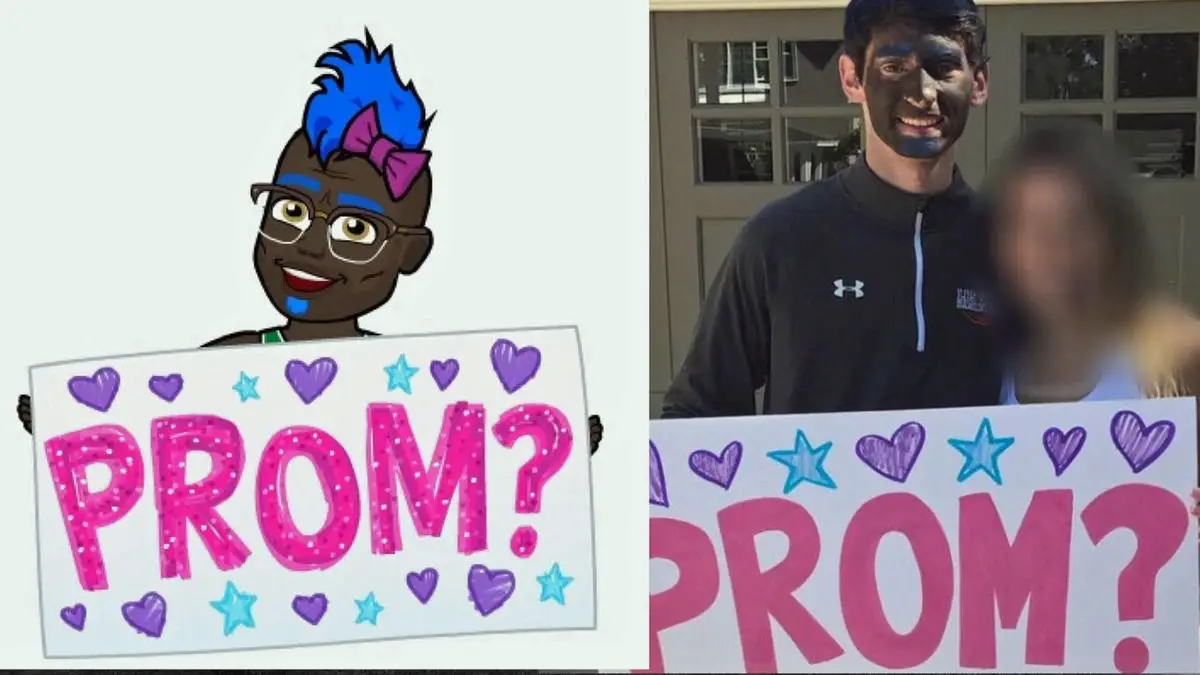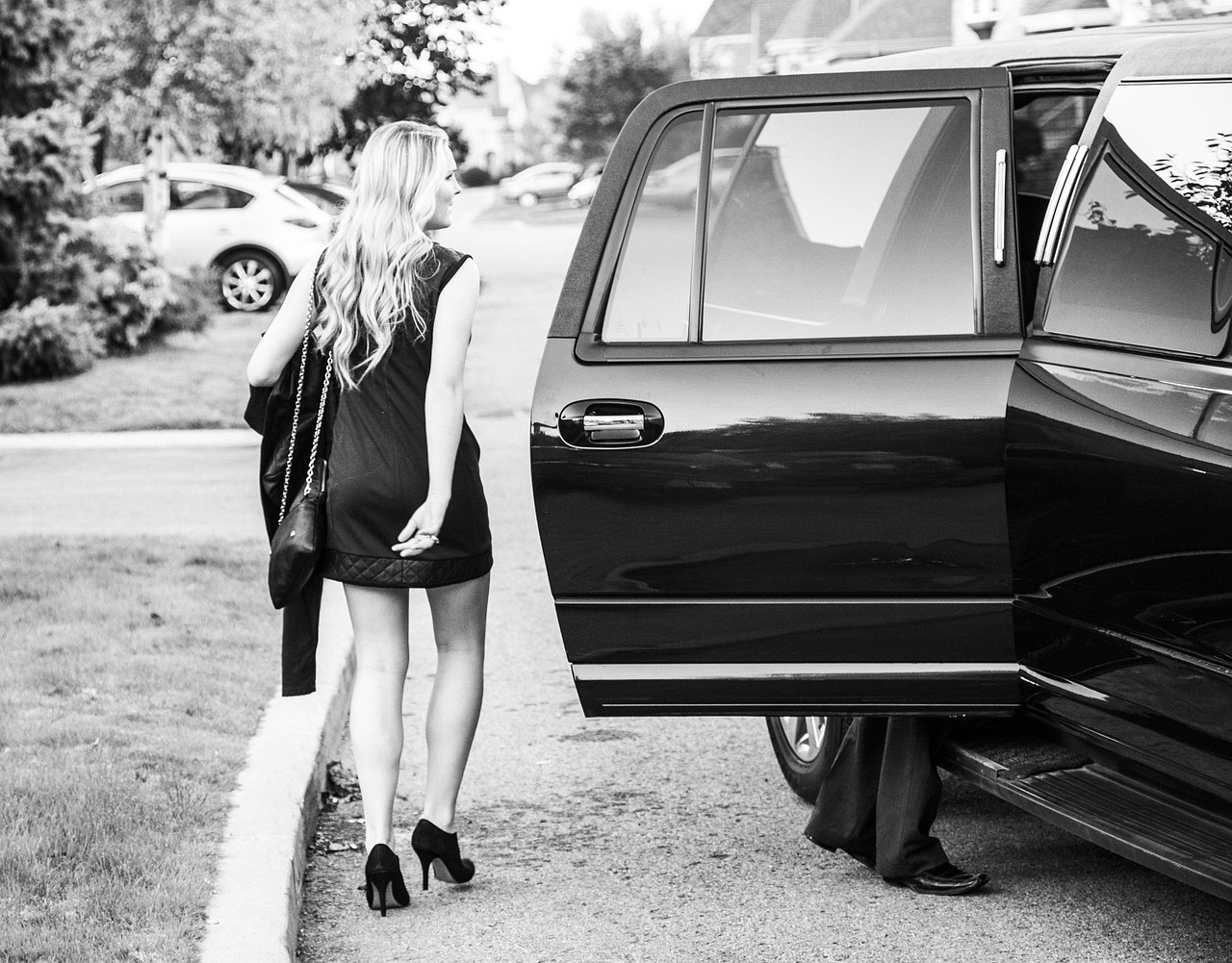May is the most wonderful time of the year for high school students as they prepare for the highlight of the year: prom. As students anxiously wait for their special day, their preparations wouldn’t be complete without limos, corsages and…racist promposals?
For those out of the loop, there has been a rise in promposals among high school students in recent years. A promposal is simply an elaborate way to ask someone to go to prom with you and is usually accompanied by pictures plastered all over social media documenting the exciting event. Students now go above and beyond to secure a date, and their extravagant displays of affection usually pay off.
However, some students have come under fire this prom season and are now facing repercussions — both from their schools and nationwide — for their grand gestures. At least three students have been exposed by national news in recent weeks for turning what were supposed to be sweet moments into life lessons about casual racism.
In late April, Florida senior Noah Crowley was put under investigation for his racist promposal sign. His sign read, “If I was black, I’d be picking cotton, but I’m white, so I’m picking u 4 prom.” The teen’s sign was seen on Snapchat and was promptly reported by a classmate, sparking action from his school.

The student issued a personal apology, followed by an apology from his family stating that they made the decision in conjunction with his school to restrict him from attending prom and graduation.
A few days after, an unidentified racist copycat from the St. Louis, Missouri, area made headlines for making the same sign in an effort to woo his prom date. Though his school district would not publicly discuss the student’s punishment, school officials did acknowledge that an investigation was underway.
Yet another unnamed student recreated the sign mere days after the first two students were criticized, this time in Michigan. A photo surfaced of the student and his prom date holding a similar sign and smiling.
Again, the school would not comment on any disciplinary action or reveal the names of the students, who are minors, but released a statement declaring that they investigated the incident and handled the issue accordingly.
These racist signs show a continuation of a disturbing trend in racist promposals. Last year, a high school student faced backlash for using blackface in his promposal, while another made a sign that said, “Do u wanna be like a n— and hang at prom?” with a depiction of a stick figure being lynched.

Multiple students, both the ones at the center of these controversies as well as supporters, have expressed that these signs were merely jokes that went too far. However, the very fact that these instances are meant to be jokes is part of the problem.
Sure, dark humor, also called gallows humor, is a perfectly acceptable form of satire, but the effectiveness of the joke relies on who is saying it and where they fit into the social dynamic.
Before all the angry white people come at me accusing me of “reverse racism,” allow me to explain. Gallows humor is generally meant to call into question topics which are difficult to discuss and is designed to boost the morale of oppressed or downtrodden groups.
How acceptable a joke of this nature is entirely depends on who is telling the joke: Someone who belongs to a marginalized group, or someone who does not. If the person telling this type of joke belongs to the group not affected by the issue at hand, their joke only serves to reinforce the power dynamics at play rather than subverting them.
In this case, the students who crafted these tone-deaf signs are not in any type of position to make these “jokes.” Honestly, these promposal signs would be disgraceful no matter who made them, but the fact that white students made these signs shows just how far there is left to go to educate the general public about racism and basic human decency.
Surely, every student involved in this brouhaha knew that their signs were horrible. I won’t go so far as to say that they trotted out their racist signs just to get their 15 minutes of fame, but the result was disastrous no matter what their intentions were.
What is clear, however, is that these young adults do not have much experience with people who are different than they are. Though they all hopefully had the wherewithal to understand that these signs were upsetting and completely inappropriate, there’s a good chance that none of them have had enough experience with people of different races to put a face to the issue.
The Florida school that Crowley attends has an African-American population of 18 percent. Francis Howell, the school that the Missouri student attends, has a minority population of only 12 percent, and this figure includes all students of color, not just African-American students.
Maple Valley, the Michigan student’s school, only has six African-American students who make up less than one percent of the school’s student body. Thus, it is safe to say that these students most likely do not have that many opportunities to interact with people of different races and ethnicities during the school day.
Their lack of multicultural experiences does not justify their actions, but their primarily-white schools do explain the root of the issue. Though these students may have thought in the back of their minds that these signs were in poor taste, at the very least, it is difficult for many people to understand the severity of an issue if they or somebody they know are not personally affected by it.
It’s time for white people to get out of their bubbles and start having difficult discussions about race. First, people must acknowledge that racism is still going strong in U.S. society, even among younger generations.
Racism is not an issue reserved for Baby Boomers — it is alive and well and exists in even the most unlikely places, like promposals. Only then can young people begin to tackle the issue that has plagued the nation for hundreds of years.

















